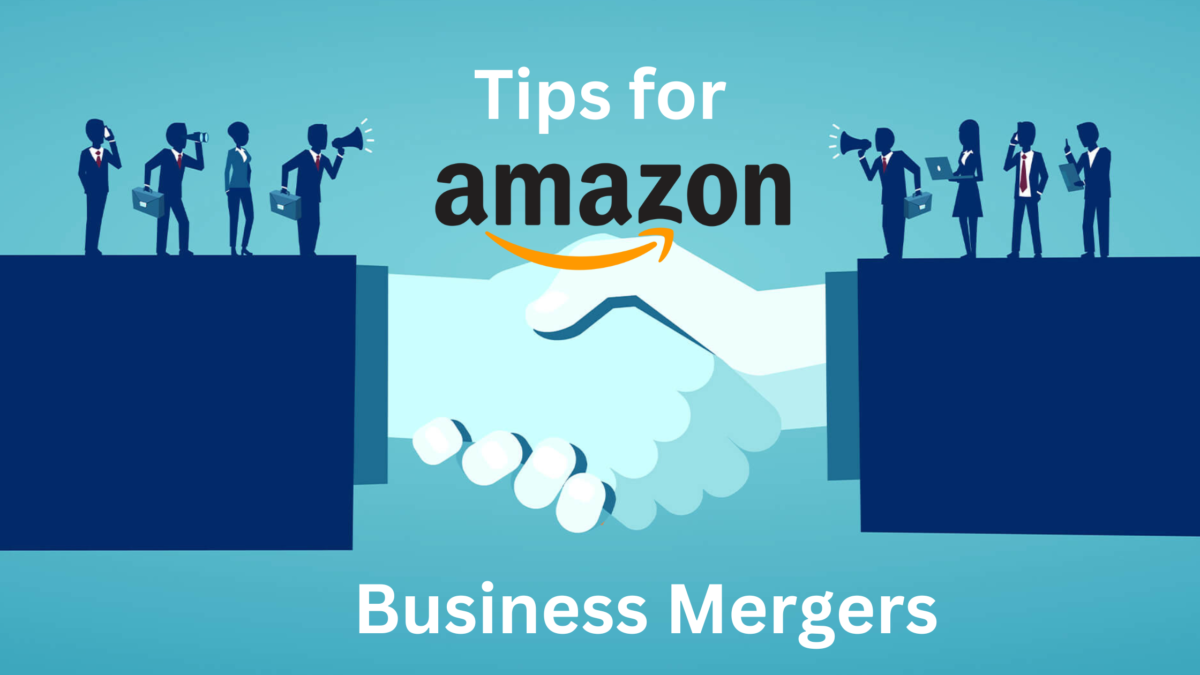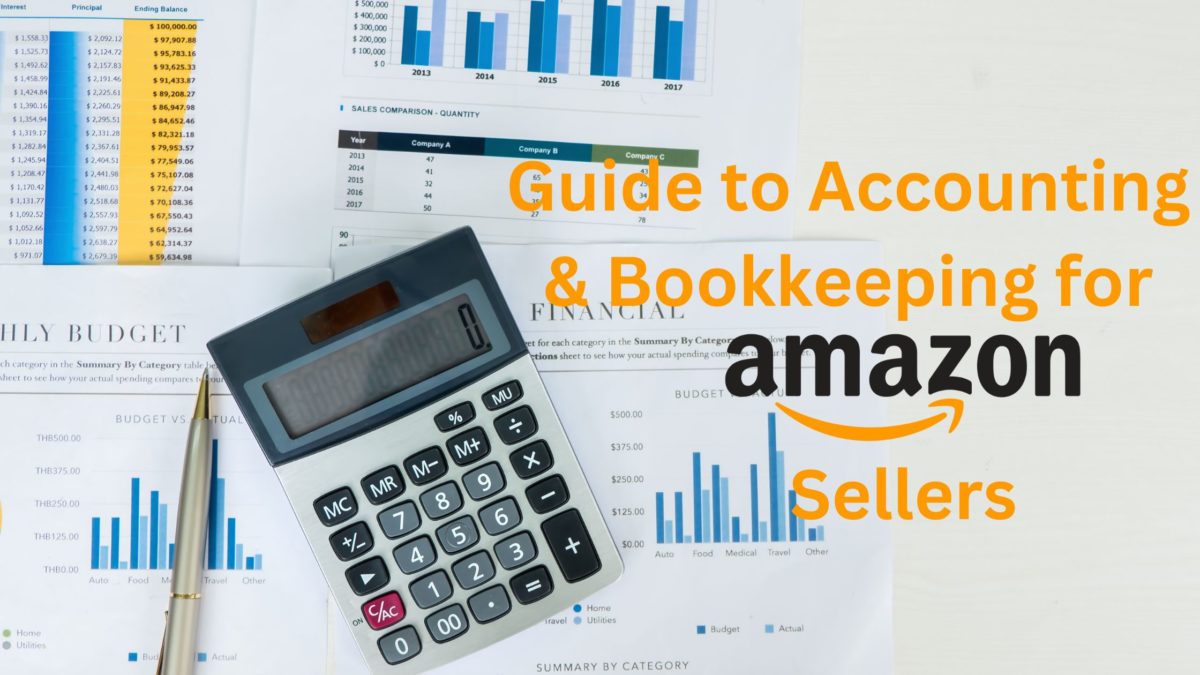Until now, the majority of our blog posts have been actionable marketing information about Amazon.
How to start an Amazon business, how to set up a PPC campaign, the full on-page optimisation guide and our Amazon SEO guide that went live last month.
However, we have never gone into extreme depth on the Amazon A9 Algorithm itself, what it looks for, and how to optimise perfectly for it.
Today we are going to dive into this topic in a little more depth for the more advanced Amazon sellers as well as anyone looking to understand more about what Amazon’s A9 search engine actually is, how the Amazon A9 algorithm works and how we can leverage this knowledge to get huge ranking gains that remain in the long term.
Remember to email us if you have any questions or thoughts to add & as always, don’t forget to share!
If this seems like a lot to track & manage, we do have an affordable partner programme that allows us to fully manage your digital marketing strategy, building your traffic, conversions, product rankings and profits to new levels using our internally developed Amazon A9 strategies.
Request a proposal to learn more.
If you just want to keep it simple, you can even directly order rankings from us, freeing yourself up to work on the other things.
Prefer to learn how to understand Amazon’s ranking algorithm yourself? No problem, just read on:
What Is The Amazon A9 Algorithm?
We can barely keep track of the number of times we’ve been asked:
“What is Amazon A9?”
Amazon A9 is the name for Amazon’s search engine. The division that builds, does maintenance and makes improvements to the search engine is called the A9 division. Officially, according to wiki, they are a different company that provides “search engine and search advertising technology”. It is called A9 as a play on words of “algorithms” as there are 9 letters after the letter A.
“algorithms” as there are 9 letters after the letter A.
Whatever you make of the name, the software development behind the company is sharp. With a highly experienced team, A9 is definitely where Amazon are going to stay with their algo needs for the near future.
Deciding what Amazon A9 is and determining how sellers and vendors can benefit from it are two very different things. In this post, we are going to outline where Amazon A9 is in relation to Google. Including where it is likely to go and most importantly, exactly what you need to do to help you sell more on Amazon.
We have been studying A9 and what makes it tick for a long time, and have managed to boost rankings in high competition keywords for over 300 ASINs. Our original RANK process is unmatched and has boosted revenue consistently amongst our partners.
Amazon A9 Vs Google
Amazon is a long way from where Google is today. Looking at the relevancy of each product search, we can clearly see the disparity. The issue is Amazon does not really care that much. Their search engine is based on products. This means that the products that are shown are done so based on relevancy and popularity metrics, very similar to what Google USED to run on. Does anyone remember PageRank?
Earlier this month, we did a guest post on how Amazon looks exactly like Google did in 2010 (pre Panda & Penguin updates). In this, we went into detail on why Amazon’s A9 algorithm looks exactly like Google did a few years ago. So what does this have to do with selling more stuff on Amazon?
Where is the A9 Algorithm Going in 2020 & Beyond?
In my opinion, there are 2 core options Amazon can take. We honestly do not yet know which one they will decide, only they do. The Amazon ranking algorithm is obviously extremely complex, but in my opinion, these are the two key routes they can take.
With Google, it is usually very clear what they are going to do, usually the opposite of what they say. With Amazon’s A9, it is a bit more complicated, but for a number of reasons, it is only going to be 1 of 2 clear paths.
1.) “It is Good Enough For Now”
The investment into A9 drys up. Although the investment into improving the search engine will never officially “stop”, the first core option of Amazon is that they look into investing in other methods. With Amazon purchasing whole foods last year, their primary goal might be on tackling the local market. Meaning a search engine is not all that important. They are also looking to AI solutions which even Google have officially stated will not be in their algorithm for at least another decade.
How long will “now” be?
Why they would say this? Why would they leave it with “good enough for now” and how long would that be?
All super important questions from Amazon’s point of view. However, unlike Google, Amazon does not make 95% of its profit through ads which are a result of the relevancy of the search engine. Amazon needs to focus on a number of technical business elements, even how to light warehouses is something they are looking to improve, all the way to why people buy one product over another. Those investments are going to take priority as they are generally seen to have a better ROI and hence get priority.
What we can personally see happening, if Amazon were to go down the “good enough for now” route, is they wait for better tech solutions around search and simply buy the company that created it. This is very similar to what they did when A9 purchased Snaptell back in 2009. It makes good business sense and it seems to be the Amazon way nowadays too!
2.) “Massive Improvements & Investment Into A9”
Of course, the other core option is to massively invest in technology and A9. This would solve a number of Amazon’s issues related to low-quality listings. Including low-quality sellers from abroad using dropshipping techniques, leading to a number of VAT & Tax issues that Amazon are currently dealing with. This is actually one of the reasons UK sellers are starting to become frustrated with the Amazon platform. But of course, Amazon is too big to fail now.
Obviously, the investment would be high. But the results could be incredibly valuable to Amazon. Leading to a higher average customer sale. This is a common goal to Amazon, increase the amount of money people spend on our website. That is all it really boils down to at the end of the day.
There is a lot of debate at the moment around artificial intelligence and how that is going to be adapted into Amazon. Although, Google has officially stated they use no AI in the algorithm and they seem to do fine. Amazon has made claims they would like to integrate more AI into the platform to improve the overall efficiency of the website. Of course, this makes heaps of sense until you see the astronomical cost this has. But Amazon is Amazon for a reason, and if anyone will find a cost efficient way to implement it, it will be them.
There are a few core areas that optimisation experts know Amazon could improve considerably with a few algorithm changes and updates.
Updates That Could Be Added To A9
Panda – Thin/Duplicate content

The first update that comes to mind is the first massive Google update called Panda back in 2010-11. This affected websites that had thin, or “poor” content according to Google. This was a massive update that ended up hitting close to 12% of total webpages. Can you imagine the sheer size of that?
The winners from this update were sites that wrote content specifically for users. Longer form posts, such as this one, created to try to educate or advise users. The losers were the content farms that pulled duplicate content from other websites, re-wrote it using spin-tax and essentially “did not add anything useful to the internet”. We made that quote up but we are sure it was stated by some Google spokesperson.
AMAZON NEEDS THIS UPDATE!
There are so many listings that are thrown together with zero regard for conversions, zero regards for semantic search and that essentially will just lower the price and get as many sales through discounting a product to make a quick buck. Essentially – A thin or low-quality product listing. Amazon could learn a lot from the Google Panda update as, as much as this did kill a lot of people’s earnings, it did indeed clean up the web as we know it and encourage people to create high quality content if they want to succeed.
Penguin – Low-quality sales & “spam”

The second most obvious update would be another one from the ranks of Google. Although the target metric would be changed.
Penguin was another update that Google implemented in April 2012. The date is stuck in some SEO’s heads as D Day, as this single day wiped out a lot of people’s earnings entirely. We knew SEO’s earning 5 figures a day from the search engines, every cent of which was gone the day after. Probably the single biggest culling of spam of all time!
Google targeted a very singular metric: BACKLINKS. A backlink is a link that points from one website to another. Google implemented backlinks as a huge part of their original PageRank algorithm. This is in fact what differentiated Google against their competitors. Back when they had some. Whilst we are over-simplifying this, essentially, websites that had very spammy link profiles, that had obviously been used to “game the system”, were penalised and their organic rankings decreased rapidly. Of course, this led to a massive reduction in traffic and earnings, while simultaneously forcing SEOs to prioritise high quality links that actually provide a useful service to those looking for more info.
Amazon Could Do With This Too.
Although, clearly not as essential as the Google panda style update, this should be implemented as soon as possible. A penguin style update wouldn’t target LINKS, instead, Amazon would target SALES. How did these sales come in? Were they artificially created? Did they use massive discounts? AKA: Are they trying to game the system?
If the answer to these questions is yes, then there should be a flagging metric that they use to penalise product listings.
We have started to see a very small shift towards this lately. Although nothing is official from Amazon yet, things like using discounted product sales to spike best seller rank, and therefore organic rankings, is starting to become a lot less effective than it used to be. This could be a move towards this style of rankings.
Review tracking
Are reviews part of the Amazon A9 algorithm?
Yes, and no as you’re about to learn.
Although this is not based on any Google update of the past, reviews are a huge issue inside of Amazon. They are used for social proof, meaning if reviews are “faked”, then people will buy products that are not that good. Consequently, this leads to disgruntled customers and increasing refund rates, all bad news for Amazon’s top and bottom line.
Amazon did recently purge a number of reviews. Sellers lost 10-30% of their reviews that were considered low quality or faked. Unfortunately their targeting seems somewhat off, and many sellers have reported losing large amounts of reviews despite never generating false or incentivized ones. If this trend continues, instead of doing similar purges on a monthly or yearly one-time basis, they may start to integrate smarter AI to draw the lines for them. It is only a matter of time in my opinion.
Luckily, it is easy to get more reviews on Amazon without any shady business, so take a look at this video if you want to learn more:
View our Case Studies to see how we’ve used our Amazon marketing & SEO strategies to help over 100 sellers earn more through Amazon, or of course feel free to request a proposal directly if you would like our industry-leading specialists to help drive your product rankings, and therefore profit. This allows you to focus your time and attention elsewhere while we drive your ASINs up the rankings using our proven and original RANK strategy!
Conclusion
Having worked with algorithms for over a decade now, it is pretty clear to me that Amazon does not only look like the Google of yesteryear, but it really IS IT. We truly do not think the Amazon product ranking algorithm is going to change all that much in the coming months and years. This is mainly due to the core reason that it is not their primary goal. Google, of course, makes the majority of their money from their algorithm, Amazon, on the other hand, does not.
The relevance metrics, the best seller rank metric, qualitative sales, instead of based on quality and a number of other metrics and points that just align so perfectly to what Google used to look like. This excites us, as based on the updates that could be implemented into the Amazon A9 algorithm and what that would result in, more complexity in ranking, it would benefit our clients and our personal Amazon businesses drastically.
We hope you have learnt a lot about how to use Amazon A9 and the Amazon A9 factors that can make a huge difference to your ranking.
If you would like us to power charge your product rankings in the long term, even in extremely high competition keywords, go to our order page now to purchase easy-to-use, quick and guaranteed rankings, or request a proposal to see how we could work closely with you to boost your profits!
We’ll leave you with one final video that explains how we leverage A9 to rank products in the long term, every single time!


